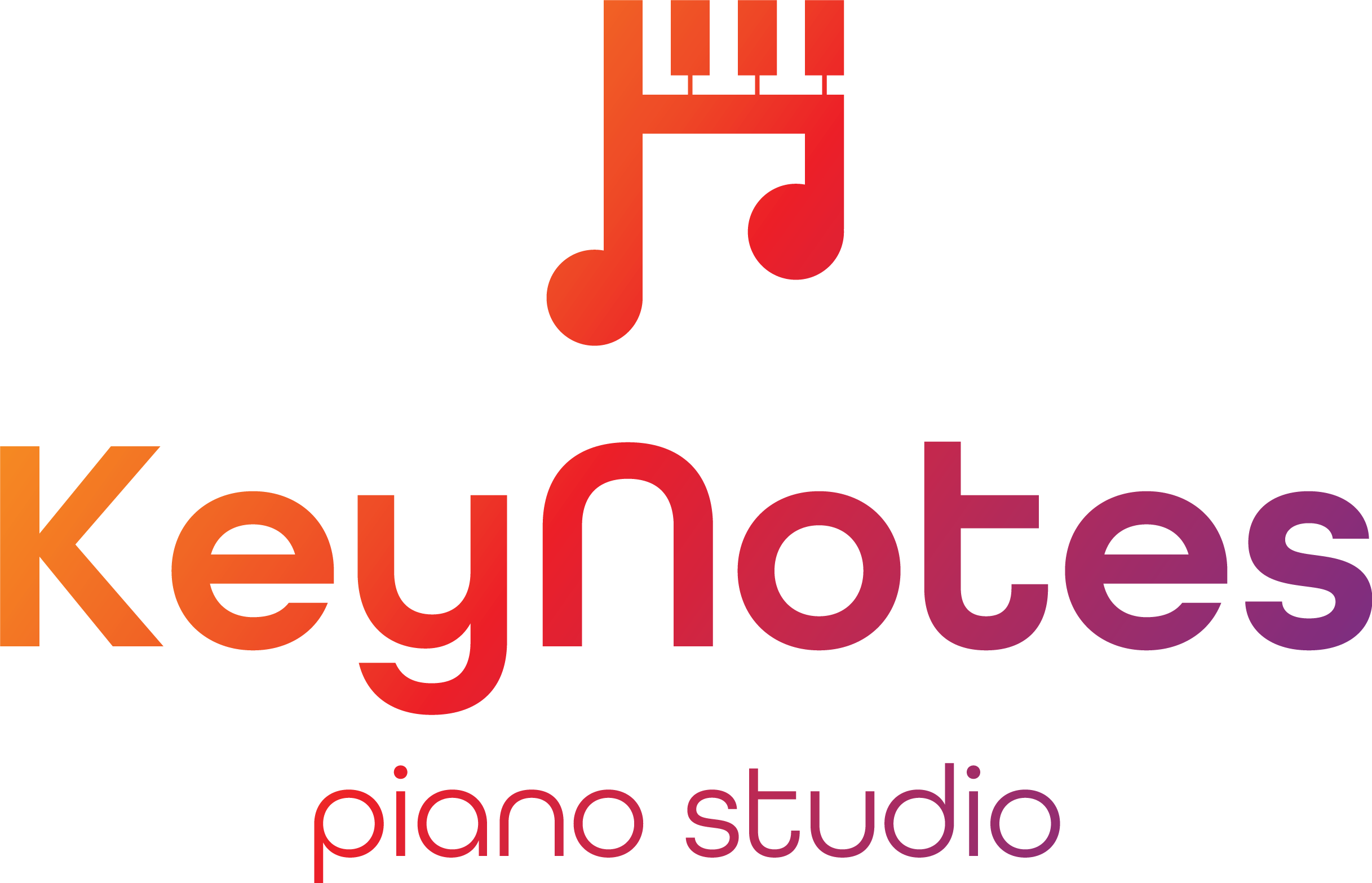Instead of using just one piano method book with all students, at KeyNotes Piano Studio, I match the individual student with one of several method books, as well as additional materials. This is because I firmly believe that each student is unique and will benefit most from an approach that suits her learning style. For this age group, I use one of two method books.
Piano Adventures has set a new standard for a new century of piano teaching. It is fast becoming the method of choice at leading university pedagogy programs and major teaching studios around the world. The music of Piano Adventures is eminently musical. A method can only be as good as its music, and the music of Piano Adventures shines. The course dovetails technique and artistry so that the teacher may bring out maximum expression in the student’s playing. Parents notice the musicality; students thrive on the musicality.
The PreTime to BigTime Piano Supplementary Library correlates with Piano Adventures to provide a broad selection of music to meet each student’s interest at the precise level of difficulty. With styles that include Popular, Rock ‘n Roll, Classics, Jazz & Blues, Ragtime & Marches, Children’s Songs, Favorites, Hymns, and More Popular, teacher and student can choose the style that best suits the student’s interests and abilities, and be assured that it is arranged to meet the pedagogical demands of the level. PreTime to BigTime offers the right fit between student interest and student repertoire.
Alfred’s Premier Piano Course is an intervallic method that uses landmark notes to teach reading but does not go so overboard on the landmarks that it creates drudgery for the student. Rhythm is taught through groups of rhythm patterns to help students feel the flow of the meter. To play musically, students must learn using these patterns, rather than thinking of individual note values. Lesson, Performance, Theory, Assignment, and Christmas books, as well as flashcards, MIDI disks, Technique, and a unique At-Home Book, are available at the early levels.
